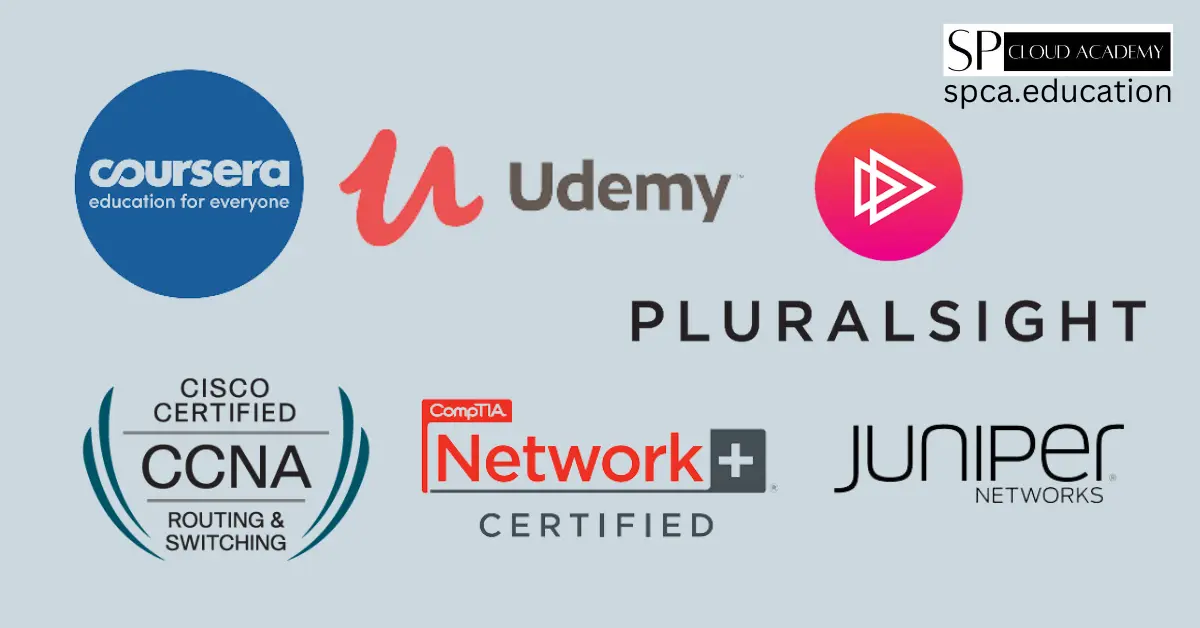Introduction
In today’s digital age, the demand for skilled graphic designers is higher than ever. From branding and marketing to web design and social media, businesses across industries rely on compelling visuals to capture their audience’s attention. If you have a passion for graphics and a creative flair, turning that passion into a freelance career can be a rewarding and lucrative endeavor. This comprehensive guide will walk you through the steps to transform your love for design into a successful freelance career, covering everything from building your skills to finding clients and scaling your business.
1. Understanding the Freelance Graphic Design Industry
1.1 What is Freelance Graphic Design?
Freelance graphic design involves offering your design services to clients on a project-by-project basis, rather than being employed by a single company. As a freelancer, you have the freedom to choose your clients, set your rates, and work from anywhere in the world. This flexibility is one of the main reasons why many designers choose to go freelance.
1.2 The Demand for Graphic Designers
The demand for graphic designers is driven by the need for visually appealing content in various industries. According to the U.S. Bureau of Labor Statistics, the employment of graphic designers is projected to grow by 3% from 2020 to 2030. With the rise of digital marketing, e-commerce, and social media, businesses are constantly in need of fresh and innovative designs to stand out in a crowded marketplace.
1.3 Benefits of Freelancing
- Flexibility: Freelancing allows you to set your own schedule and work from anywhere.
- Creative Freedom: You have the freedom to choose the projects that align with your interests and skills.
- Unlimited Earning Potential: As a freelancer, your income is not capped by a salary. You can earn more by taking on additional projects or increasing your rates.
- Diverse Portfolio: Working with different clients and industries helps you build a diverse portfolio, which can attract more clients in the future.
2. Building Your Graphic Design Skills
2.1 Mastering the Basics
Before you can start your freelance career, it’s essential to have a strong foundation in graphic design principles. This includes understanding color theory, typography, composition, and layout. There are numerous online courses and tutorials available that can help you master these basics.
2.2 Learning Design Software
Proficiency in design software is crucial for any graphic designer. The most commonly used software in the industry includes:
- Adobe Creative Suite: Photoshop, Illustrator, and InDesign are industry standards for graphic design.
- CorelDRAW: A popular alternative to Adobe Illustrator, known for its vector illustration capabilities.
- Sketch: A vector-based design tool widely used for web and UI/UX design.
- Canva: A user-friendly tool for creating social media graphics, presentations, and more.
Invest time in learning these tools through online courses, tutorials, and practice projects.
2.3 Staying Updated with Design Trends
The graphic design industry is constantly evolving, with new trends and technologies emerging regularly. Staying updated with the latest design trends will help you create relevant and modern designs that appeal to clients. Follow design blogs, attend webinars, and participate in online design communities to stay informed.
2.4 Building a Portfolio
Your portfolio is your most important tool as a freelance graphic designer. It showcases your skills, style, and experience to potential clients. Start by creating a few personal projects or offering your services to friends and family to build your portfolio. As you gain more experience, update your portfolio with your best work.
3. Setting Up Your Freelance Business
3.1 Defining Your Niche
Specializing in a specific niche can help you stand out in the competitive freelance market. Consider your strengths, interests, and the type of clients you want to work with. Some popular niches in graphic design include:
- Branding and Logo Design
- Web and UI/UX Design
- Social Media Graphics
- Print Design (e.g., brochures, posters, business cards)
- Illustration and Digital Art
3.2 Setting Your Rates
Determining your rates can be challenging, especially when you’re just starting out. Research the market rates for freelance graphic designers in your niche and consider factors such as your experience, skill level, and the complexity of the project. You can charge by the hour, per project, or offer package deals.
3.3 Creating a Business Plan
A business plan will help you outline your goals, target market, pricing strategy, and marketing plan. It doesn’t have to be overly detailed, but having a clear plan will keep you focused and organized as you grow your freelance business.
3.4 Setting Up Your Workspace
Having a dedicated workspace is essential for productivity and professionalism. Invest in a good computer, design software, and any other tools you need to create high-quality designs. Ensure your workspace is comfortable and free from distractions.
3.5 Registering Your Business
Depending on your location, you may need to register your freelance business and obtain any necessary licenses or permits. Consult with a legal or financial advisor to ensure you comply with local regulations.
4. Finding and Attracting Clients
4.1 Building an Online Presence
In today’s digital world, having an online presence is crucial for attracting clients. Start by creating a professional website that showcases your portfolio, services, and contact information. You can also create profiles on freelance platforms such as Upwork, Fiverr, and Behance to reach a wider audience.
4.2 Networking
Networking is one of the most effective ways to find clients as a freelance graphic designer. Attend industry events, join online design communities, and connect with other professionals in your field. Building relationships with other designers, marketers, and business owners can lead to referrals and collaborations.
4.3 Leveraging Social Media
Social media platforms such as Instagram, LinkedIn, and Pinterest are powerful tools for showcasing your work and attracting clients. Share your designs, engage with your audience, and use relevant hashtags to increase your visibility. Consider running targeted ads to reach potential clients.
4.4 Cold Pitching
Cold pitching involves reaching out to potential clients directly, even if they haven’t advertised a job opening. Research companies or individuals who may need your services and send them a personalized email introducing yourself and offering your services. Be sure to highlight how your skills can benefit their business.
4.5 Offering Free or Discounted Services
When you’re just starting out, offering free or discounted services can help you build your portfolio and gain valuable experience. Reach out to non-profits, startups, or small businesses that may not have the budget for a professional designer. In exchange, ask for testimonials or referrals.
5. Managing Your Freelance Business
5.1 Time Management
As a freelancer, managing your time effectively is crucial to meeting deadlines and maintaining a healthy work-life balance. Use tools such as calendars, to-do lists, and project management software to stay organized. Prioritize tasks and set realistic deadlines to avoid burnout.
5.2 Communicating with Clients
Clear and professional communication is key to building strong relationships with your clients. Keep them informed about the progress of their project, ask for feedback, and be responsive to their needs. Use tools like email, video calls, and project management platforms to stay in touch.
5.3 Handling Feedback and Revisions
Receiving feedback and making revisions is a normal part of the design process. Be open to constructive criticism and use it to improve your work. Set clear boundaries for the number of revisions included in your project scope to avoid scope creep.
5.4 Invoicing and Payments
Ensure you have a system in place for invoicing and tracking payments. Use invoicing software to create professional invoices and set clear payment terms. Consider requiring a deposit upfront to protect yourself from non-payment.
5.5 Managing Finances
As a freelancer, you’re responsible for managing your own finances, including taxes, expenses, and savings. Keep track of your income and expenses, and set aside money for taxes. Consider working with an accountant or using accounting software to stay on top of your finances.

How to Become a Graphic Designer and Build a Profitable Freelance Career” is a must-read for aspiring and experienced designers. It covers essential skills, freelancing strategies, and client acquisition tips in an easy-to-follow format. Packed with practical insights! #GraphicDesign #Freelancing
6. Scaling Your Freelance Career
6.1 Expanding Your Skill Set
As you gain experience, consider expanding your skill set to offer additional services to your clients. For example, you could learn web design, animation, or video editing. Diversifying your skills can help you attract more clients and increase your earning potential.
6.2 Building a Team
As your freelance business grows, you may find it challenging to handle all the work on your own. Consider outsourcing tasks or hiring other freelancers to help you manage the workload. Building a team can allow you to take on larger projects and scale your business.
6.3 Creating Passive Income Streams
In addition to client work, consider creating passive income streams to supplement your income. This could include selling digital products such as templates, fonts, or stock photos, or creating online courses and tutorials.
6.4 Building a Personal Brand
Building a strong personal brand can help you stand out in the competitive freelance market. Define your unique style and voice, and consistently communicate it through your website, social media, and marketing materials. A strong personal brand can attract more clients and lead to higher-paying opportunities.
6.5 Continuous Learning and Improvement
The graphic design industry is constantly evolving, so it’s important to continuously learn and improve your skills. Stay updated with the latest design trends, tools, and technologies, and seek feedback from clients and peers. Investing in your professional development will help you stay competitive and grow your freelance career.
Conclusion
Turning your passion for graphics into a freelance career is an exciting and rewarding journey. By building your skills, setting up your freelance business, finding and attracting clients, and managing your business effectively, you can create a successful and sustainable career as a freelance graphic designer. Remember to stay adaptable, continuously learn, and always strive for excellence in your work. With dedication and perseverance, you can turn your passion for graphics into a thriving freelance career.
This article provides a comprehensive guide to starting and growing a freelance graphic design career. By following the steps outlined in this guide, you can build a successful freelance business that allows you to do what you love while earning a living. Whether you’re just starting out or looking to take your freelance career to the next level, the key is to stay focused, keep learning, and never stop creating.
See Also
-

How to Turn Your Passion for Graphics into a Freelance Career
-

The Future of IT Support and Administration Careers: Trends You Can’t Ignore
-

Top 7 Gig Work Opportunities in the ICT Sector You Can’t Ignore
-

ICT Career Planning in 2025: Trends, Tips, and Game-Changing Insights
-

What are the Top Skills Needed to Transition into a Cloud Architect Role?
-

How is AI Changing the Landscape of IT Careers?
-

IT Certifications: Boosting Your Career
-

From Concept to Launch: Mastering the Art of IT Startup Planning and Deployment
-

Future-Proof Your Career: Exploring the Latest Microsoft Cloud Certifications for 2024
-

Stay Ahead in the Tech World: The Top Online Learning Platforms for Computer Networking in 2024
-

The Rise of Digital Marketing-Based Freelancing and Remote Jobs: How to Thrive in the Digital Age
-

Navigating the SEO Career Landscape: How to Excel as a Specialist in Search Engine Optimization